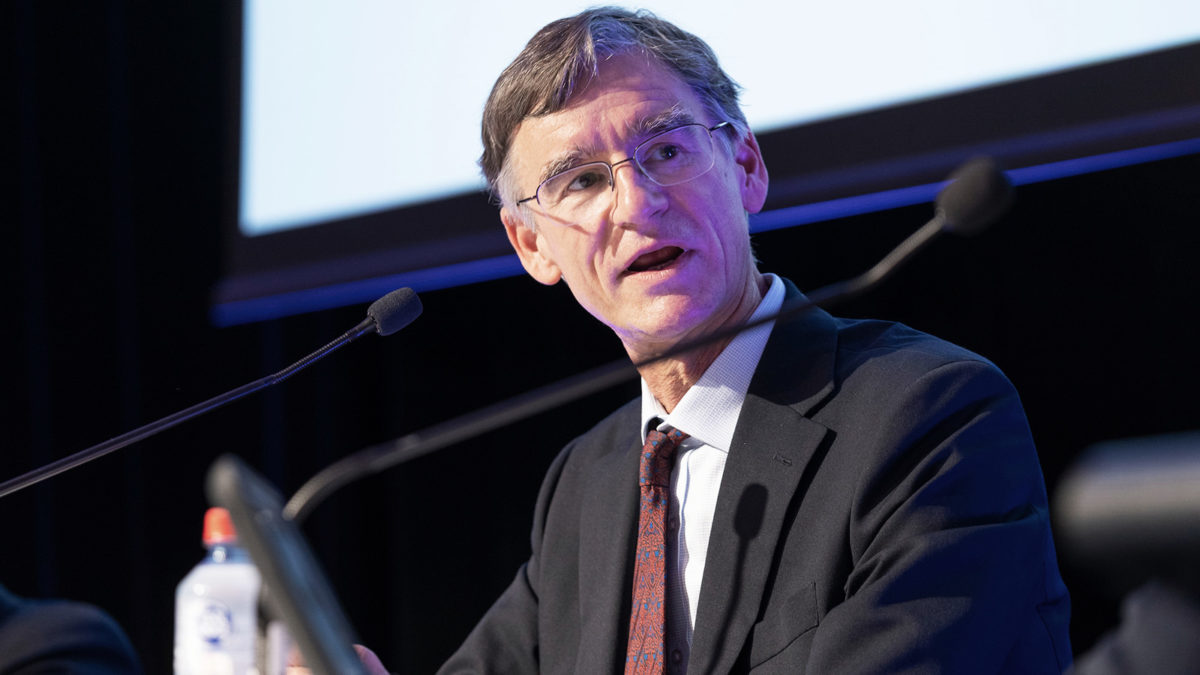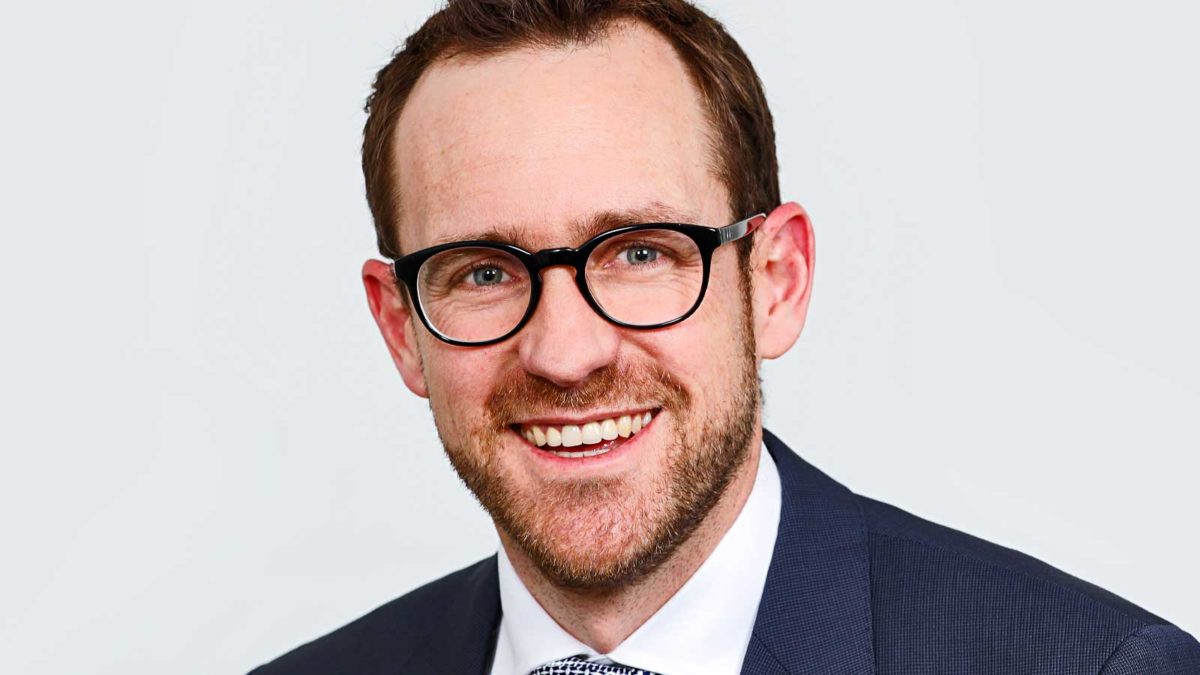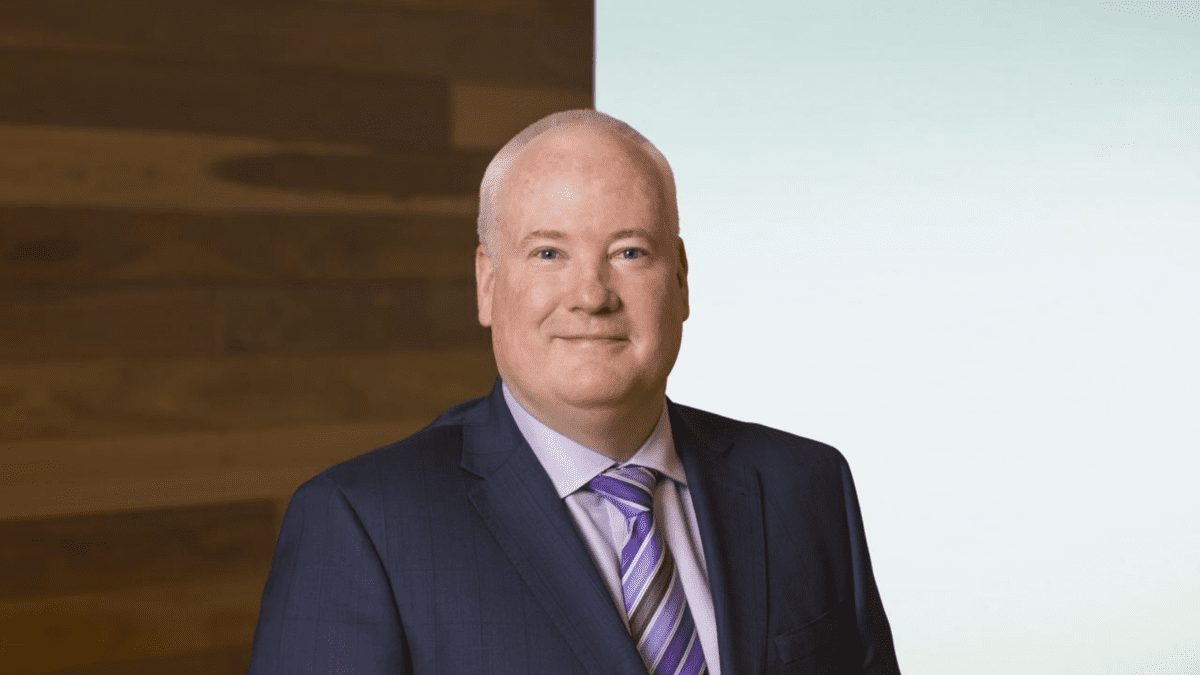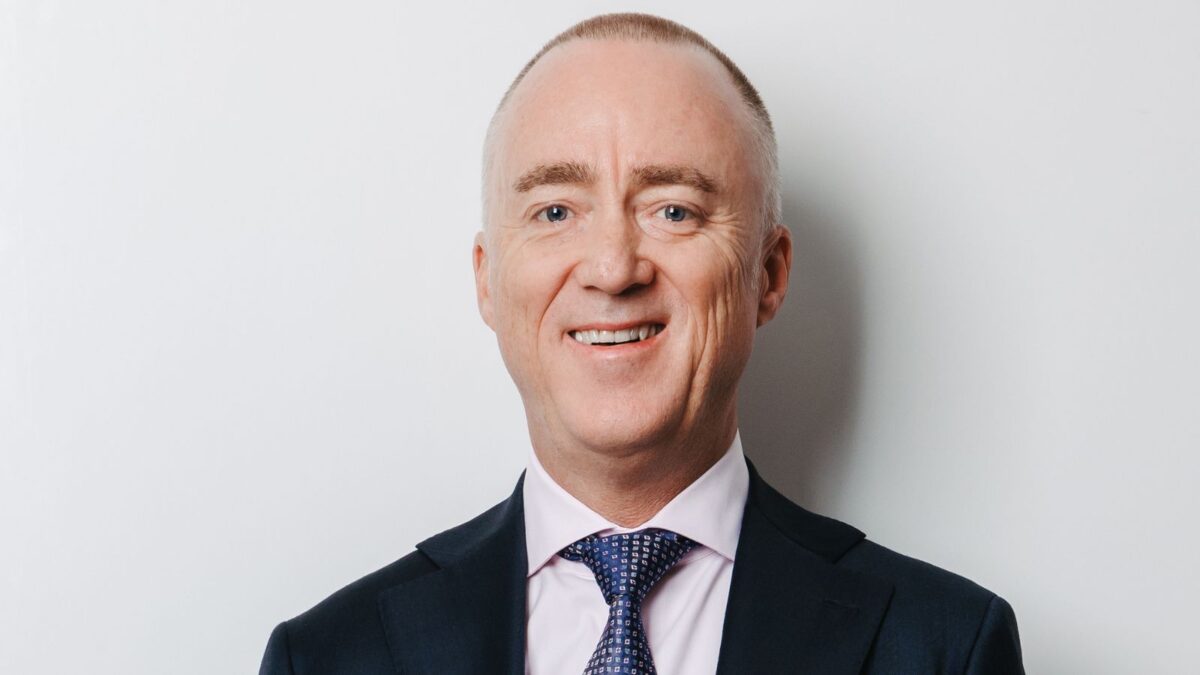Emerging market debt best for Aussie investors
It’s not just about the higher yields, although that helps. It’s also about the correlation between hard and local currencies. And Australian investors are in pole position.
In a series of discussions with the firm’s Australian investors and others recently (August 23 – September 3), Grant Webster, head of Ninety One’s emerging markets ‘blended debt’ strategy and emerging markets multi-asset strategy, said from London that emerging market debt (EMD) benefits Australian investors more than most.
“If you think about US investors,” he says, “when they buy [US] dollar-denominated bonds in emerging markets they will earn, say, a 5 per cent yield, but that yield comes with a fair amount of volatility… That’s because when investing in local currency EMD they get exposure to the local interest rate but also the currency risk.”
Webster says: “The Australian dollar, on the other hand, has the highest correlation to emerging market debt of any major currency. This high correlation means that, for Australian investors, the volatility of emerging market debt is offset by the volatility of the Australian dollar. The Canadians and Norwegians also get this smoothing.
“But no-one is better positioned than an Australian investor. Furthermore, with a portfolio which blends hard-currency bonds with local-currency bonds, there is a smoothing effect because of the offsetting volatility.”
The strategy’s inception of January 2011 coincides with Webster joining the firm (then known as Investec) later that year in London, where he had completed a Masters in Finance and worked as a quant analyst at another firm. He is also an actuary and CFA who had previously started his career at Ninety One in his native South Africa, where the firm had its genesis.
Ninety One, formerly Investec Asset Management, was established by the dual-listed Anglo-South-African Investec Group in 1991, initially focusing on its home market from Cape Town and then expanding internationally. It diversified its capabilities with its growth to US$192 billion (A$257 billion) as of June 30 this year. EMD strategies make up a big segment of the business, with assets under management totalling US$54.8 billion.
The change of name followed by a separate dual listing for Ninety One, in March 2020, has emphasised the separation of the two operations.
The blended EMD strategy will invest up to 70 per cent in hard (typically US) currency instruments and the same in local currencies. By blending the two, the opportunity set – the number of countries which can be invested in – increases from about 20 to more than 80.
Webster says that last year the portfolio was about 20 per cent overweight to dollar-denominated debt because credit spreads had blown out than the manager believed the market was mispriced. “But we try not to swing for the hedges by taking huge asset allocation calls,” he says.
“We try to take active positions in currencies commensurate with the risks. That is our bread and butter. We spend as much time analysing currencies as we do bonds.”
The strategy does include some pair trading, though, where the manager will overweight/underweight or go long one country or security and short another in the same sector for incremental gains. “For example,” Webster says, “take Colombia and Russia. They are both oil-producing economies but have very different drivers behind their trade balances. Russia has a surplus and Colombia a deficit. We went overweight the Russian ruble to access mispricing.”
Performance over long periods, in US dollars, bears it all out, with the strategy beating both hard-currency-only indices as well as a blended composite used as a benchmark.
Over 10 years to June 2021, the strategy’s composite returned 3.8 per cent a year versus the benchmark return of 3.2 per cent. Over one year, the return was 11.9 per cent (7.4 per cent for the benchmark), three years 6.7 per cent (5.7 per cent) and five years 5.8 per cent (4.3 per cent).
While Ninety One has had a large position in China Development Bank 10-year bonds (3.4 per cent portfolio weight at June 30), this was not its largest position; that mantle going to a short-term Malaysian Government bond, with 3.7 per cent.
The four main geographical weights were Asia, 29.6 per cent, Latin America, 24.4 per cent, Middle East, 21.1 per cent, and Africa, 12.6 per cent. For the sectors, 43.8 per cent, was in local currencies, 31.5 per cent in hard currencies, 11.9 per cent in high yield corporates and 6.3 per cent in investment grade corporates.
The portfolio of between 25-45 active currency and bond positions will deviate by up to 20 per cent from the comparison benchmark.
Justin Cowper, Ninety One’s Sydney based head of institutional business for Asia Pacific and Middle East, says that while a lot of funds want to have their EMD exposure through a core-plus mandate, they are better off having “sleeves” of specialisation. “We believe you have to have a specialist operating in EMD.”
He says that much of the interest in Ninety One’s emerging markets fixed income capabilities has been in the blended hard and local currency strategy, particularly from Australia and New Zealand.
The strategy has attracted US$4.7 billion compared with US$8.7 billion in local currency EMD and US$7.6 billion in EM corporate debt, of the 12 strategies on the firm’s EM debt platform.
Most of the Ninety One fixed income team is based in London, with trading also done out of New York and Hong Kong.
As an aside, the ‘virtual roadshow’ concept is an interesting development for communications with investors, which may continue post-COVID.
As with physical roadshows, where the key investment professionals set aside eight-ten days to travel, including from overseas for global managers, so with Ninety One’s more bespoke virtual roadshow, a similar amount of time was set aside for a series of one-on-one meetings.










